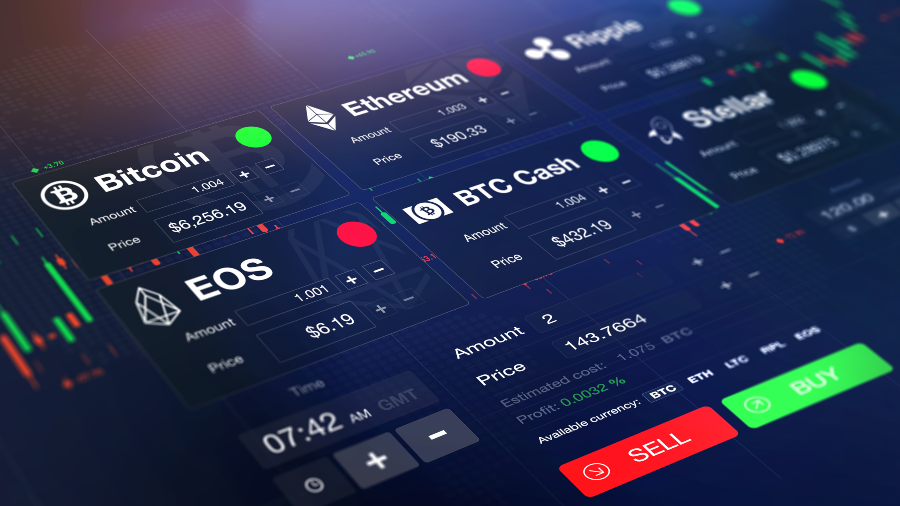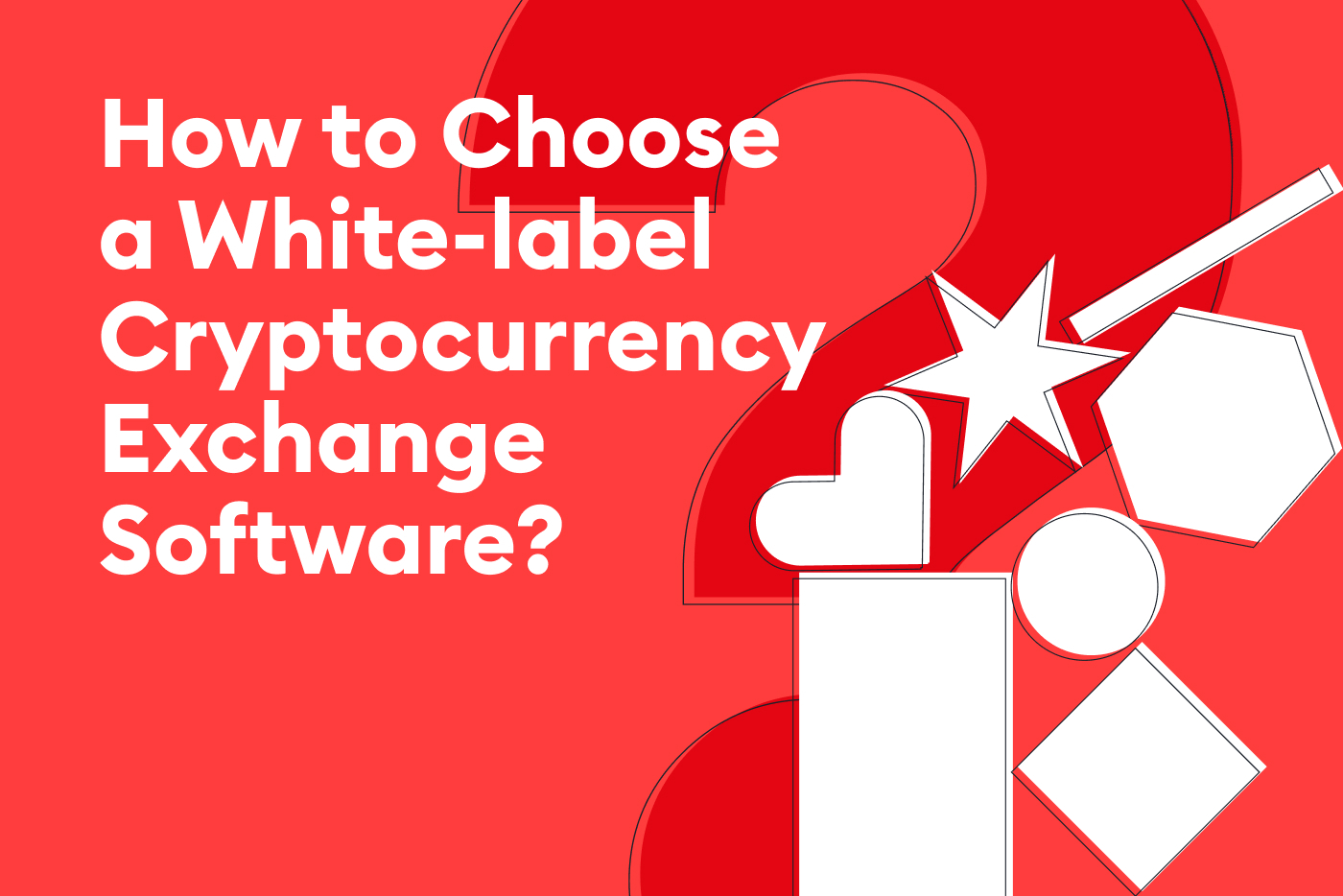
While the topic of forks in blockchain experienced its peak of attention in 2017, it is worth reviewing concepts that are likely to resurface once again. As we introduced in our previous blog article, What is Blockchain Forking – An Introduction [1], forks are mechanisms in which an underlying blockchain protocol changes such that it may split the blockchain, which may or may not happen depending on the level of consensus reached among miners.
We covered the main types of forks, as well as what planned and controversial forks are. Here we will tackle the following questions: Why is fork handling important and how do exchanges handle forks?
Economically, it’s important to understand that a fork technically replicates the legacy of its original chain, but it cannot replicate the Network Effect [2][3]. Because the number of users in a forked chain rarely surpasses that of the original chain, the network is smaller, and therefore, less valuable. This is why Bitcoin forks do not match the value of Bitcoin in terms of transactions, market capitalization, etc.
For this reason, many exchanges and wallets don’t support every forked token. If the fork is supported by a wallet or exchange, one can transfer funds to one of these service providers by handing over the private keys before the “snapshot” is being taken [4]. The “snapshot” is the copy of the exact ledger containing all existing coin transactions and accounts recorded. Its use is to designate new forked coins to those who originally held that specific cryptocurrency. Basically, it serves as an end point for those who had coins up to that moment and are entitled to the same amount from the new forked token.
Digital asset exchanges and forked tokens
As stated, exchanges are reluctant to add every forked token. This stems from the fact that new coins can have less-secure networks, smaller communities, or can be wiped by original chains. Some of the conditions from top exchanges that need to be met in order to introduce forked coins include [4]:
- Forked blockchains must be usable, stable and secure.
- Strong two-way replay protection must be in place [5].
- The underlying technology behind the forked coin must contribute value.
- There must be a testnet available before launch.
- The size of the forked coin network must reach critical mass.
- Before the hard fork is activated, official client software must be launched and pass open beta test testing and assessment.
The Scalable Solution
Having time to react to forks is essential to mitigate the risks associated with “bad” forked coins. Verifying tokens on testnets to eventually switch the mainnet on is an absolute requirement. Informing users which coins the exchange supports and the information behind each one shows a transparent nature, allowing for a trusting partnership between the exchange provider and user. Unfortunately, nowadays it is not clear which exchange supports which forks, and some exchanges may need up to 5 months to carry out due diligence and list newly forked coins [6].
From a technical perspective, it’s important to know that our team can handle any fork swiftly and safely. Even when there is no replay protection, we have a series of processes in place to provide a secure solution. Our white label software can provide an exchange with the resources to make it successful from the get-go. Hence, a big coin menu and choice of forked tokens provides our exchange clients with unparalleled benefits and service options for their users.
References
[1] “What is Blockchain Forking – An Introduction.” scalablesolutions.io, Scalable Solutions, 26 July 2021,
http://scalablesolutions.io/news/what-is-blockchain-forking-an-introduction/
[2] “Metcalfe’s Law.” Wikipedia, Wikimedia Foundation, 15 Jan. 2021, en.wikipedia.org/wiki/Metcalfe%27s_law.
[3] Roussou, I., Dritsaki, C., & Stiakakis, E. (2019). The Bitcoin’s Network Effects Paradox—A Time Series Analysis. Theoretical Economics Letters, 9(6), 1981-2001.
[4] “How Do Exchanges Handle Forked Coins?” CryptoCompare, 1 Mar. 2018, www.cryptocompare.com/coins/guides/how-do-exchanges-handle-forked-coins/
[5] Replay protection eliminates the possibility of any duplicate transactions arising on both blockchains. After the fork occurs, the new altered chain no longer accepts transactions from the original chain, and vice-versa.
[6] “Hard Fork Policy 2019.” Data.cryptocompare.com, CryptoCompare, 31 July 2019, data.cryptocompare.com/reports/hard-fork-policy-2019.

